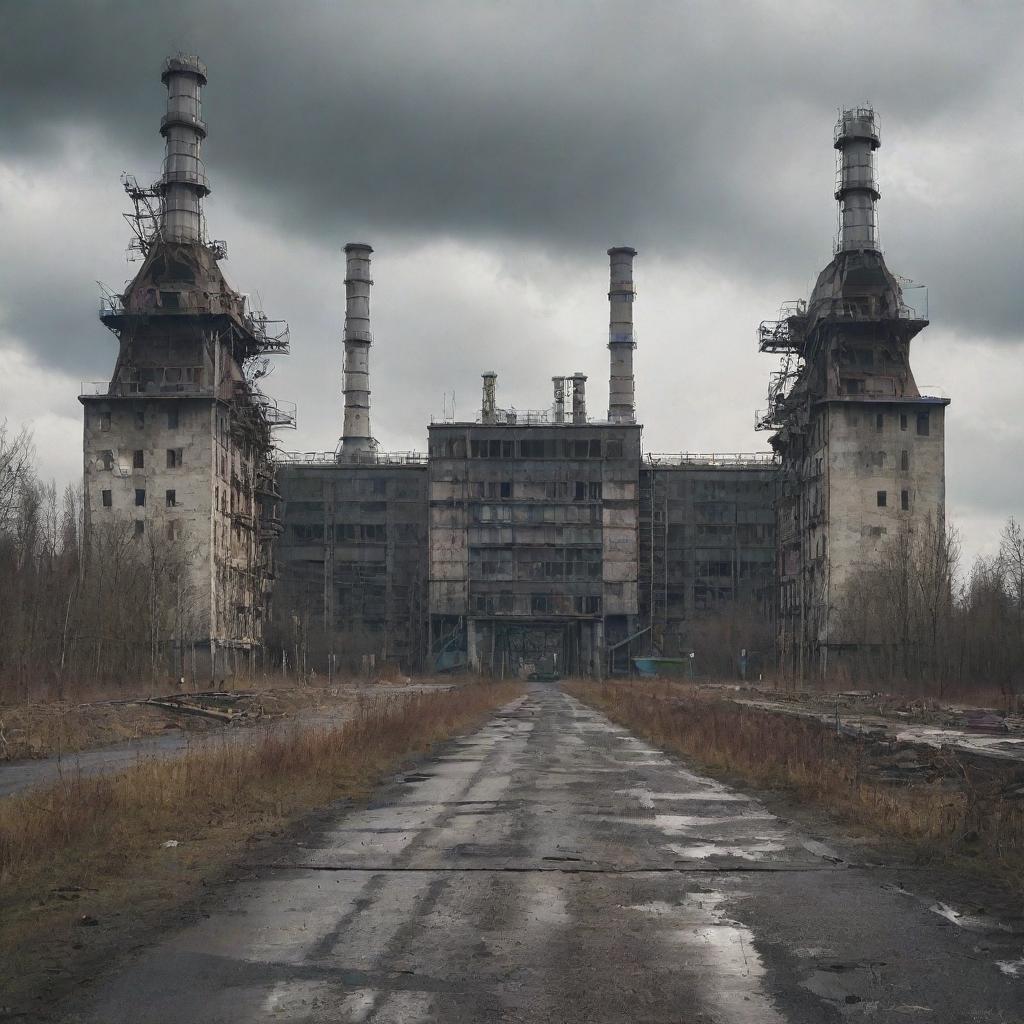Challenging Quiz on the Chernobyl Disaster
martialdouble-t
Created 6/19/2024

Test your knowledge and see how many correct answers you can get out of 15 in this difficult quiz on the Chernobyl disaster.
1. When did the Chernobyl disaster occur?
April 25-26, 1986
May 15-16, 1987
June 10-11, 1985
July 4-5, 1984
2. How many people were initially killed by the explosions at Chernobyl?
3. What was the size of the initial exclusion zone around the Chernobyl plant?
10 km
18.6 miles (30 km)
25 miles (40 km)
15 miles (24 km)
4. Which radionuclides were particularly significant for the radiation dose delivered to the public?
Strontium-90 and Plutonium-239
Iodine-131 and Caesium-137
Uranium-235 and Krypton-85
Tritium and Carbon-14
5. How many people were estimated to have died from radiation-induced illnesses and cancer as a result of the Chernobyl disaster?
6. How much of the Chernobyl 4 reactor core's radioactive material was released into the environment?
7. How many people were evacuated as a result of the Chernobyl accident?
150,000
200,000
350,000
500,000
8. How many thyroid cancer deaths have been attributed to the Chernobyl disaster?
9. Which other countries were significantly affected by radioactive fallout from Chernobyl?
France and Italy
Germany and Poland
Ukraine, Belarus, and Russia
Turkey and Greece
10. What was the major cause of the Chernobyl disaster?
Natural disaster
Flawed reactor design and serious operator errors
Sabotage
Lack of backup power
11. How long did radioactive substances continue to be released into the air after the initial explosion?
1 day
3 days
10 days
30 days
12. How was the Chernobyl disaster classified on the International Nuclear Event Scale?
Level 5
Level 6
Level 7
Level 8
13. What was the radius of the subsequent expanded exclusion zone?
20 miles
30 miles
40 miles
50 miles
14. How many reactors were operational at Chernobyl at the time of the accident?
15. What was one major social issue caused by misconceptions about radiation after the Chernobyl disaster?
Increased birth rates
Mass migration to cities
Paralysing fatalism and chronic dependency
Economic boom

